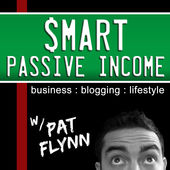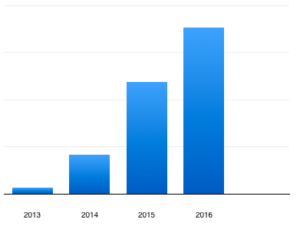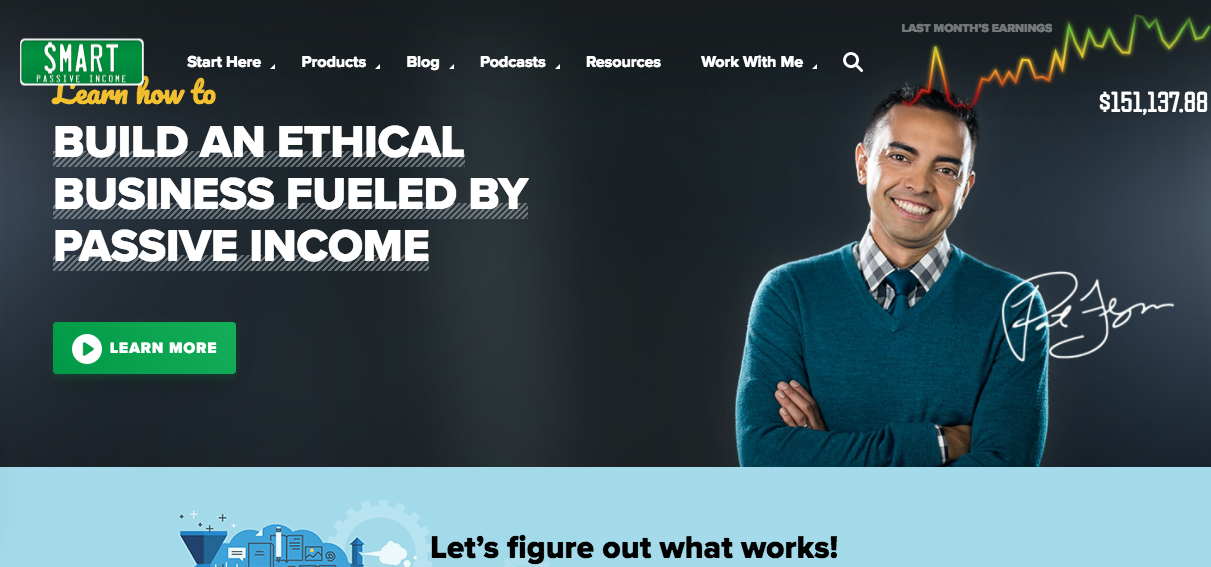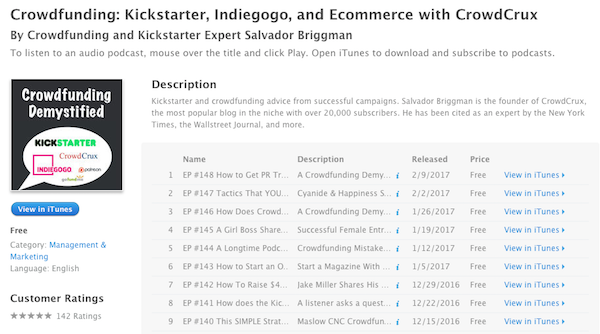I first discovered the Smart Passive Income podcast in 2014. I had just gone full-time on my blogging business after pulling out of a tech startup venture with a previous business partner.
 It was a rough start to the year. My girlfriend had just dumped me and I had been let go from a part-time job because they were selling the company.
It was a rough start to the year. My girlfriend had just dumped me and I had been let go from a part-time job because they were selling the company.
Like most of the times in life that matter, it was a sink or swim moment. I was either gonna make it with my business in NYC or move back in with my parents in Massachusetts.
Up until that point in my business career, the only thing that I knew about were tech startups. I looked up to thought leaders like Paul Graham and the YCombinator crew.
The problem with this was… I was no longer building a tech startup. I was building some other kind of business. At the time, I didn’t know what kind, but I knew I needed to seek out new teachers.
This search led me into the world of internet marketing, lifestyle entrepreneurship, and the Smart Passive Income podcast.
Before, I was working with programmers and startup people who wanted to grow fast, take on venture capital dollars, and sell to a major company for billions. Now, I was learning from location independent entrepreneurs who prized lifestyle design over money.
They cared more about the quality of income rather than the quantity they made. They viewed their personal time as their most precious asset.
The “dream” in this group was to build up enough passive income sources so that they could chill on a beach in Thailand or another country. They all looked up to Tim Ferriss as their idol for his book, The Four Hour Work Week. At the time, I had never read the book, but I knew the basic premise.
Within a few short months, I was supporting myself with the blogging business. My income was location-independent. This was NOT a result from the teachings of the podcast. I was applying the tech startup principles I had learned to the blogging business.
Some of these principles include:
Of course, I was learning a lot from Pat Flynn and other podcasts. I enjoyed listening to the stories of other entrepreneurs going through similar emotions as myself. I also got some ideas to grow my business.
As a result of listening to his podcast and others, I decided to launch my own podcast in 2015. This show has gone on to rank up over 100 positive reviews in iTunes and I’ve had entrepreneurs on the show like John Lee Dumas of the award-winning EOFire podcast, Nathan Chan of Foundr Magazine, team members at Indiegogo, and much more.
In 2015, I also launched my very first online course, created my second eBook, began affiliate marketing, and set up private ads for my website. This was a very good year.
But… something had happened, which turned my world upside down. It made me re-think a lot of my life up until that point, along with my relationship towards business.
I came into 2016 with a renewed sense of priorities. For the first time in my life, I began to feel like I knew who I was.
At the beginning of the year I took a trip to Thailand for a month. I went to a whole bunch of islands, partied it up, ate cheap food, swam in the ocean, and chilled on the beach.
When I came back, I put emotional intelligence and personal development at the forefront of everything I did in my life. Oddly enough, understanding my own emotions has also helped me become a better marketer.
That year, I published my first book on Amazon. I then published another, and another. I ended up writing 4 books that year and selling 560 copies.
I also launched my very first YouTube channel, which recently surpassed the 1,000 subscriber mark. I’ve learned a TON about video in 2016 and I’ve improved a tremendous amount.
 I’m proud to say that completely passive income now comprises over 60% of my total business revenue. You can see my passive income growth below.
I’m proud to say that completely passive income now comprises over 60% of my total business revenue. You can see my passive income growth below.
This is income that is NOT dependent on time. I can wake up whenever I want, and it will still flow into my bank account. I’ll make money while I’m sleeping.
I’m not bragging… there are people who make way more than me… but that sounds cool to say haha!
The reason that I wanted to write this article is because I want to honestly tell you that the dream is possible. You can make passive income online. It’s not going to happen as quickly as you’d like, but if you’re persistent, you’ll get there.
Going forward in 2017 I’m going to be working to crack the code on another source of passive income, online courses.
I’ve gotten much better at video since filming my first online course and I want to begin to put out courses that will radically change the results of my students.
I’m also going to be working much more at developing my sales skills on podcasts and YouTube videos. While I find it easy to sell in person, I find it harder to do when you’re not getting the direct feedback on a podcast or an online video.
Finally, I already have an audience online, but I want to learn Facebook marketing and use it to promote my course.
My Hardest Lesson
My generation has gotten a lot of things right. We’ve produced amazing startup founders like Mark Zuckerberg and Evan Spiegel. We also boast the names of YouTubers who have a massive fanbase at a very young age.
Where I and many of the young adults my age fall short is understanding the difference between quantity and quality when it comes to online traffic.
I have always been chasing high and higher traffic numbers and vanity metrics. I always thought that when you had a big email list or a lot of visitors each month, you would just somehow become rich.
Not true. Not even close.
The individual people who make up those numbers matter. You must understand WHO they are, WHERE they are in the buying process, and WHAT they are searching for.
From a profitability standpoint, it would make more sense to have a fanbase of 1,000 of the top CEOs around the world rather than 1 million teenage kids.
The moment that I realized we are all the same was a big mindset shift in my marketing.
We all feel the same emotions. We all think the same thoughts. Certain messages affect our brain in the same way.
But, it’s true, some of us are not aware of our feelings, don’t know what we really want, or are lying to ourselves about our thoughts, identity, and feelings.
This was a hard lesson for me, because I always thought that I was different from everyone else. I’m not. I might share different values from the people around me, but there ARE people in the world who want the same things. It’s just your job to find them.
It’s almost like you’re hosting a party. Depending on who you invite to the party, the vibe is going to be different. The type of music they’ll want is different. The things that you’ll talk about will be different.
You have to decide what type of party you want and the type of people you want at your party.

